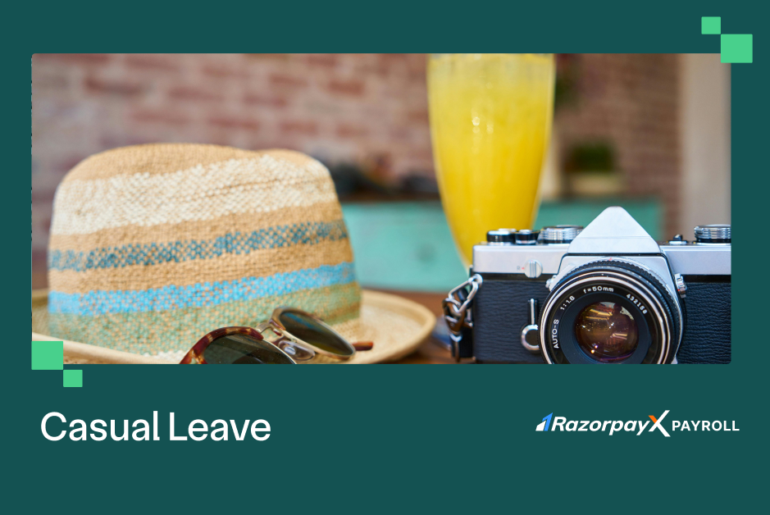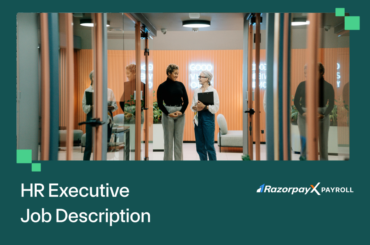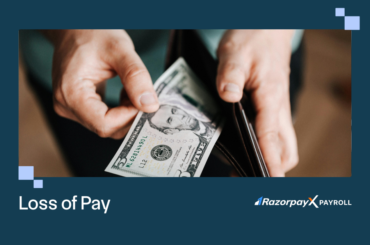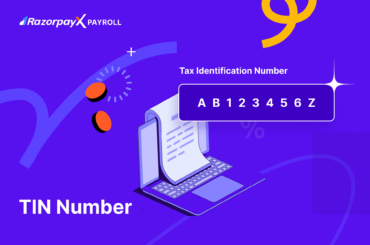Did you know that employees cite casual leave as a critical factor in maintaining a healthy work-life balance?
Whether it’s a personal emergency, a family responsibility, or simply a day to recharge, casual leave helps employees address life’s unexpected demands without compromising their professional commitments.
By enabling a healthy work-life balance, CL reflects a company’s commitment to valuing its workforce.
In this article, we’ll explore the meaning of casual leave, its role in fostering employee well-being, and the essential steps to implement an effective casual leave request.
By the end, you’ll understand how casual leave policies contribute to a company’s success by valuing employees’ time and well-being.
Table of Contents
What Is Casual Leave (CL)?
Casual leave, often termed discretionary leave or personal leave, is a type of paid time off (PTO) granted by employers for unforeseen events or personal needs. It is designed to help employees manage short-term emergencies, personal errands, or unplanned situations without exhausting their annual leave or sick leave.
Unlike pre-scheduled vacations or extended breaks, casual leave is typically requested with short notice and used for brief durations, such as a few hours or days.
Examples include attending a medical appointment, addressing family obligations, or extending a holiday weekend. The flexibility of casual leave supports employees in maintaining a work-life balance, contributing to a good workplace environment.
Types of Casual Leave
Organizations aim to provide flexible casual leave options for employees. This is why they are further categorized into two types:
-
Half-Day Leave
This leave allows employees to take time off for brief tasks without missing a full workday. It helps in balancing personal and professional responsibilities.
For example, an employee may use a half-day leave for a health checkup or other quick errands.
-
Full-Day Leave
Full-day leave is utilized when an employee needs an entire day off due to personal reasons. Examples include attending a wedding, managing family commitments, or handling emergencies.
What Is the Purpose of CL in the Workplace?
Proper use of casual leave enhances job satisfaction and employee loyalty, contributing to a stronger, more committed remote workforce. CL helps with:
- Flexibility for Personal Matters: CL provides employees with the ability to manage unforeseen situations, promoting a good workplace by supporting employee well-being.
- Recharging and Boosting Productivity: Taking short breaks, like paid holidays, helps employees return to work refreshed, improving workforce management and productivity.
- Health and Wellness: Employees can use casual leave for medical appointments or minor illnesses, preventing the depletion of sick leave or holiday leave.
- Extended Breaks: CL can be combined with other leaves to extend long weekends or short trips, offering employees leisure time.
- Employee Engagement: Companies see casual leave as a benefit that fosters workforce retention, making employees feel valued and supported.
What Are the Rules for Casual Leave?
These rules ensure fair casual leave management and support employee well-being and workforce retention.
Casual Leave Policies
- The number of casual leave days granted per year typically ranges from 8 to 12, depending on company policies or country-specific labor laws.
- Employees become eligible for casual leave after completing their probation period.
Casual Leave Duration and Carryover
- The duration of casual leave usually ranges from a half day to a maximum of three days. Extensions are possible with prior permission.
- Generally, unused casual leave is not carried over to the next year. Some companies allow carryovers; others follow a “use it or lose it” policy.
- Policies may restrict usage during critical periods or limit simultaneous leave requests.
Notice and Documentation
- Employees may need to provide advance notice when applying for casual leave, unless it’s for an emergency or illness.
- For extended casual leave, employees might need to submit medical certificates or appointment letters.
- Medical or other proof records maintained in cloud-based HR systems for compliance.
Paid Leave and Leave Policy
- Most organizations offer employee paid time off for casual leave, though some may deduct it from accrued leave balances.
- The leave policy clarifies leave entitlement, pay type, and other employee benefits, ensuring transparency.
These rules ensure fair leave management and support employee well-being and workforce retention.
How Many Casual Leaves Are Allowed Per Year?
The number of casual leave days allowed per year varies based on company policies and employment agreements. Typically, employees receive between 8 to 12 days of casual leave annually, though this can differ by organization.
The maximum duration for a single casual leave application usually ranges from one day to three days, depending on the company’s guidelines.
In most cases, casual leave is paid, allowing employees to take time off without affecting their salary or compensation. However, policies may differ across organizations.
Tracking casual leave entitlement can be challenging, especially in large organizations.
RazorpayX Payroll provides a seamless solution by offering an intuitive leave tracking feature. This ensures that both HR and employees are updated on leave balances in real-time, simplifying leave management and improving workforce retention.
What Are Common Reasons for Casual Leave?
CL can be used for a variety of unplanned events that require immediate attention. Common casual leave reasons include:
- Personal errands or administrative work: Visiting the bank, renewing IDs, or handling government paperwork.
- Family emergencies: Attending to urgent matters like accidents, health crises, or supporting a family member in need.
- Medical appointments: Visiting a doctor, dentist, or attending routine checkups that don’t fall under sick leave.
- Educational events: Attending school functions, such as parent-teacher meetings or children’s annual programs.
- Celebrating special occasions: Events like birthdays, anniversaries, or engagements.
Although casual leave is typically not used for vacations, it can be used for short breaks or to attend personal events. Employees should ensure they follow the casual leave policy to avoid misuse or violations of company guidelines.
Casual Leave Policy Best Practices For Employers
A clear casual leave policy sets expectations and ensures fairness. Here are some best practices for creating an effective leave policy for employees:
- Be detailed: Outline eligibility, leave duration (half-day or full-day), accrual rules, and whether unused leaves can be carried forward. Specify rules for full-time, part-time employees, and contractors.
- Define the leave request process: Establish a clear, consistent process for leave requests, including notice requirements, necessary documentation, and whom to approach. Set guidelines for approving or rejecting leave based on reasons, workload, and team needs.
- Monitor leave usage: Create a team in HR to track casual leave usage, ensuring fairness and identifying patterns like frequent leave requests.
- Leverage technology: Implement HR and payroll software like to streamline leave management. It helps saves time, reduces errors, and gives real-time insights into leave balances.
How to Apply for Casual Leave Effectively?
To apply for casual leave, employees must submit a formal leave request. The process typically involves the following steps:
- State the purpose: Begin with a clear title, such as “Request for Casual Leave” or “Request for Half Day Casual Leave.”
- Provide details: In the body of the application, include the leave dates, reasons for the leave, and whether any pending tasks need attention during the absence.
- Be transparent: Mention your availability or alternative arrangements, if applicable.
- Follow procedure: Ensure to follow the company’s leave policy by providing advance notice and attaching necessary documentation, such as a medical certificate if needed.
- Conclude formally: Close with a polite request for approval and a sign-off, such as “Thank you for your consideration.”
To simplify the leave application process for employees, you can integrate RazorpayX Payroll Software, make applying for casual leave effortless!
Employees can easily submit their leave requests directly through the system. Managers can approve or reject leave with just a click, ensuring smooth and efficient leave approval workflows.
The integration of payroll leave and leave tracking tools ensures seamless management of leave balances and ensures HR compliance.
For companies using Slack, employees can also submit their leave requests directly via the Slack integration, simplifying the leave request process.
Conclusion
In conclusion, casual leave plays a vital role in maintaining a balanced and productive workforce. It offers flexibility for personal matters and helps boost employee well-being.
Clear leave policies, streamlined leave approval workflows, and tools like RazorpayX Payroll simplify the application process and ensure fairness across the board.
By implementing these strategies, companies foster a better work environment and retain top talent. Start optimizing your casual leave processes today to see improvements in workforce management and employee satisfaction!
FAQs
Can casual leave be taken on specific days?
Casual leave can be taken during the notice period, depending on the employer's policy. It generally cannot be applied on weekends or public holidays, as these are considered non-working days unless specified otherwise in the leave policy.
Is casual leave paid or unpaid?
Casual leave is generally paid leave. Employees continue to receive their regular salary during their casual leave days. However, the policy may vary depending on the company's leave structure.
Who is eligible for casual leave?
Eligibility for casual leave typically applies to full-time employees who have completed their probation period. Part-time employees or contractors may not be eligible, depending on the company's policy.





